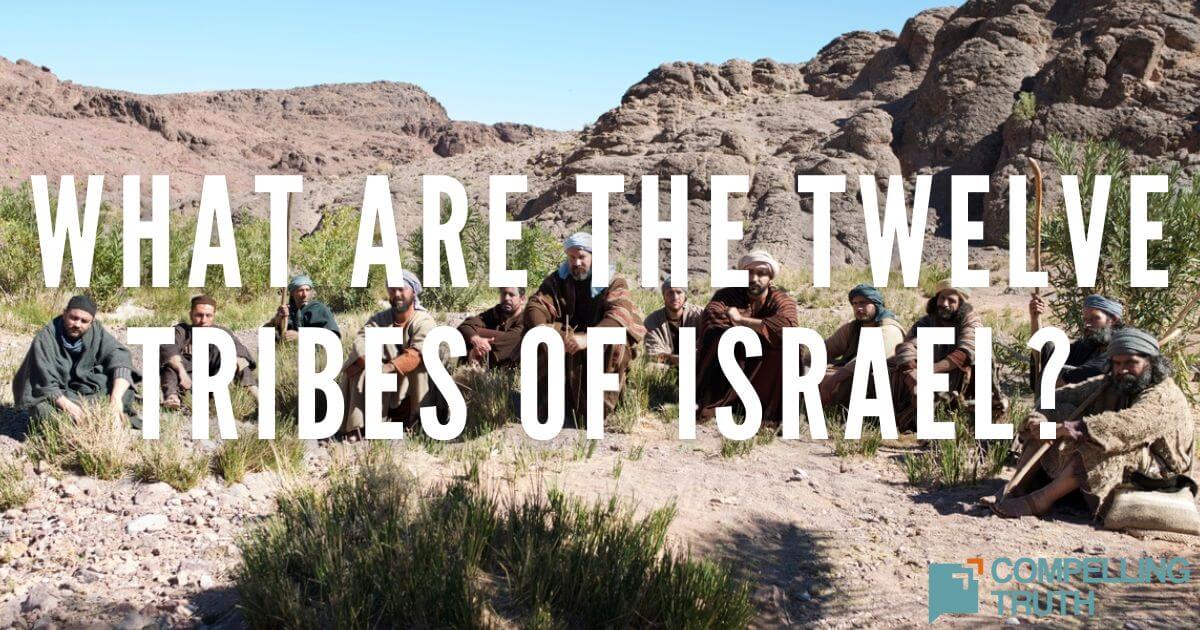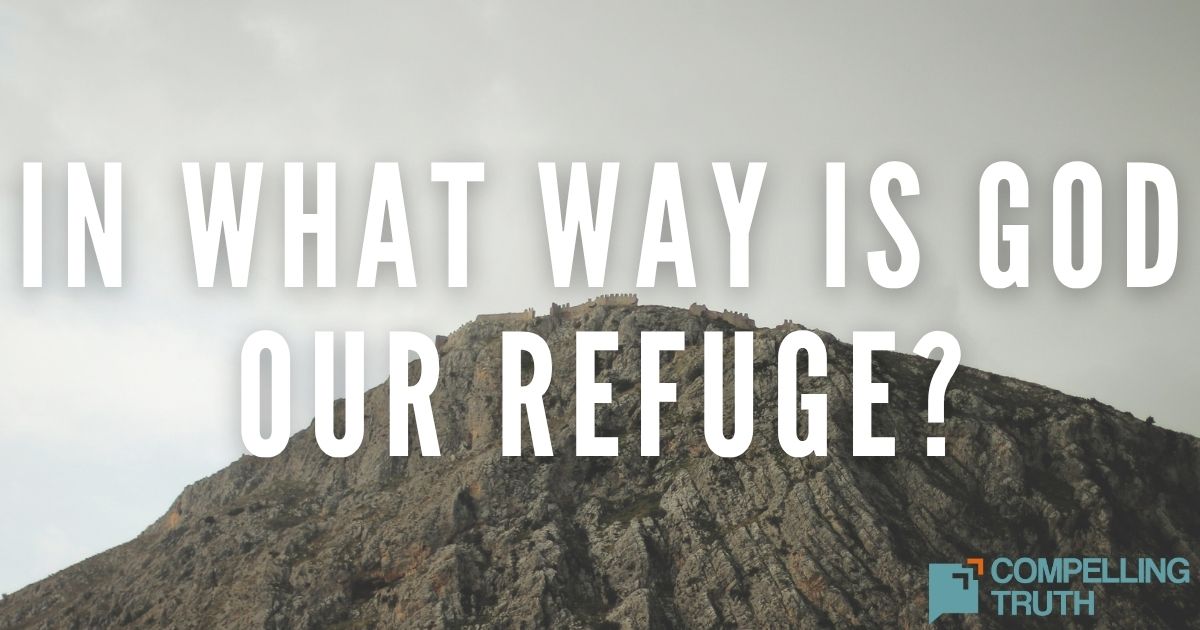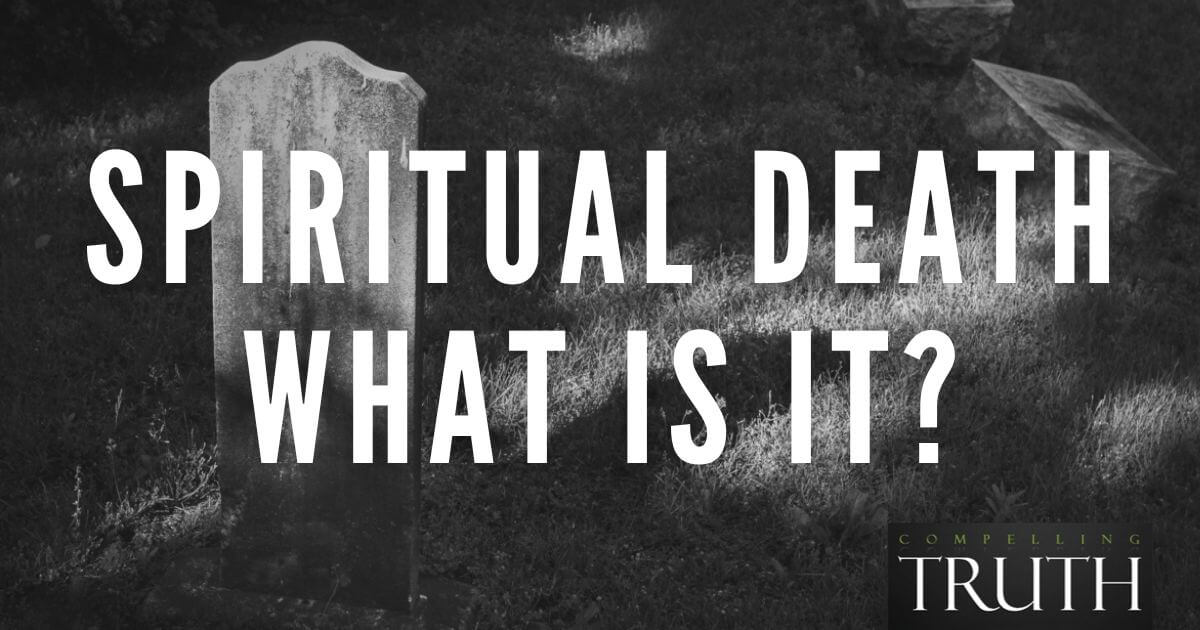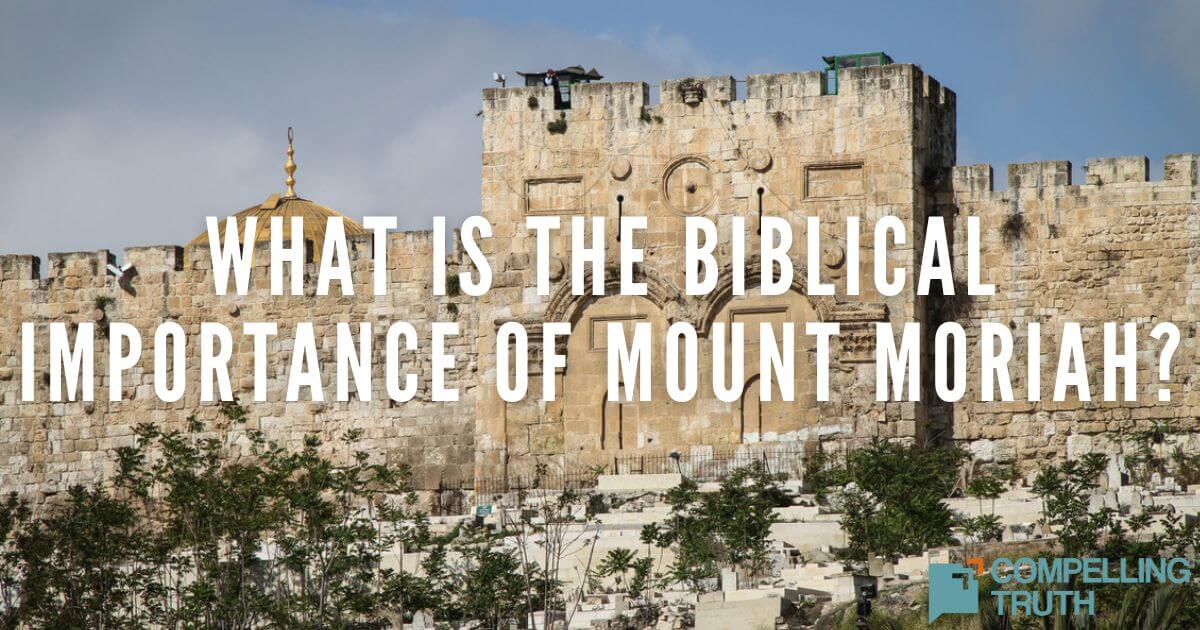The cities of refuge in the Old Testament provided protection for those who unintentionally committed murder. These cities, administered by the Levites, offered a safe haven until a fair trial could be conducted. If found guilty of manslaughter rather than murder, the individual could remain in the city until the high priest's death, after which they could safely return home. This system foreshadows God's plan of salvation through Jesus Christ, where we can find refuge and forgiveness for our sins by turning to Him. Today, we can find peace and a fresh start in Jesus, knowing our sins are not counted against us if we trust in Him.
The cities of refuge in the Old Testament serve as a powerful reminder of God's mercy and willingness to protect those who have made mistakes. This illustrates that no matter the weight of our past mistakes, we can come to God, seeking His forgiveness and refuge. Like the individuals who fled to these cities, anyone can turn to Jesus as their ultimate refuge. When overwhelmed by guilt or shame, we can find peace in knowing that Jesus' sacrifice on the cross means our sins are not counted against us if we have trusted in Him. After salvation, when we sin, we can run to Him, knowing that He has what is best for us (1 John 1:8—2:6). This encourages us to lay down our burdens at His feet, trusting that He welcomes all who come to Him in faith with open arms. First Peter 5:7 tells us: “Cast all your anxiety on him because he cares for you” (NIV). Living in His refuge allows us to recognize our sin and move forward with confidence and hope, continually reminded of the abundant grace available through Christ. Experiencing this refuge inspires us to share the message of hope and forgiveness with others, showing them the same compassion and grace that God has shown.




